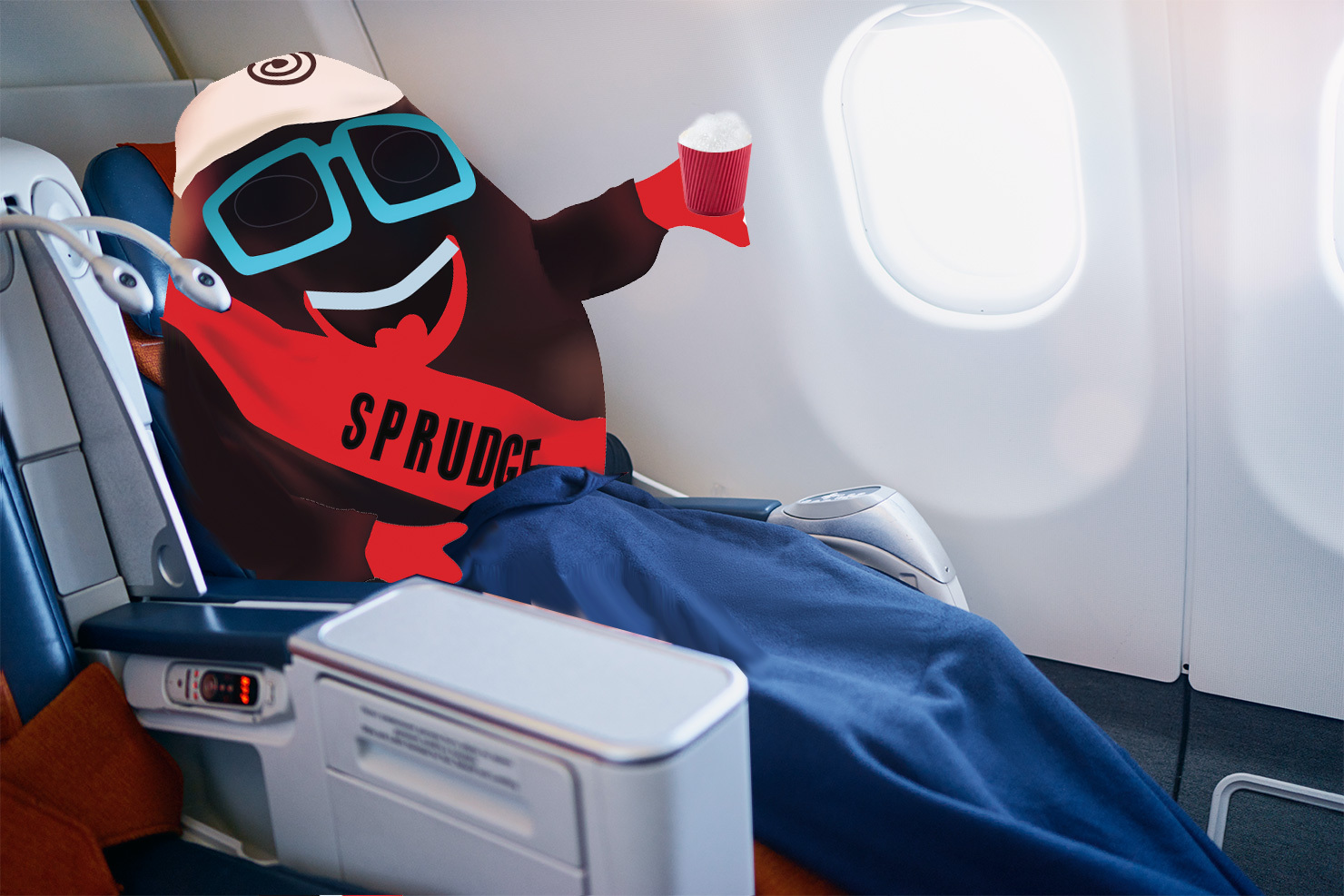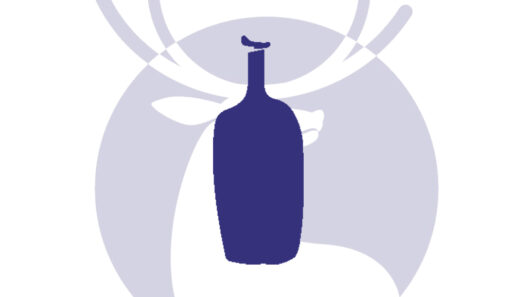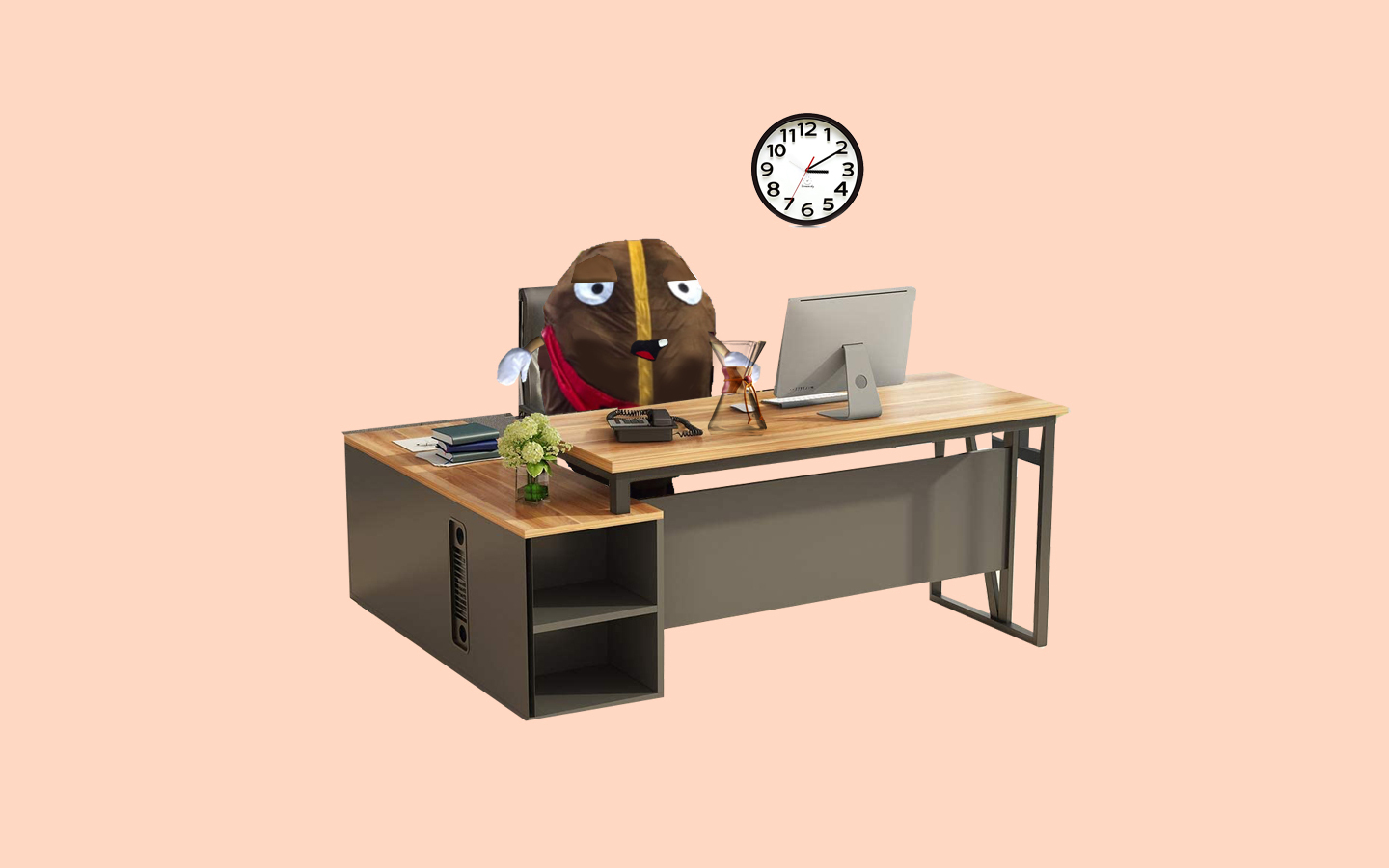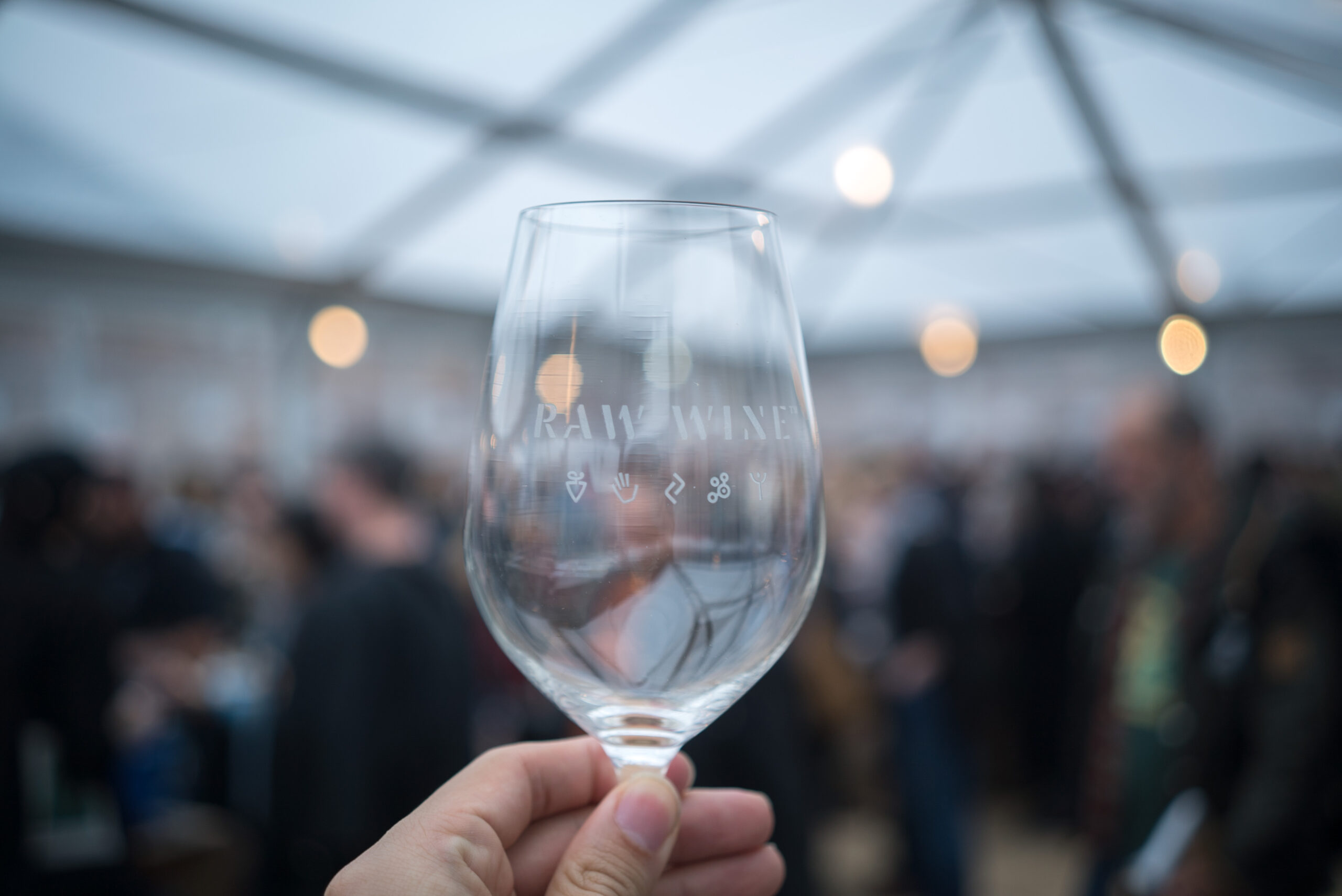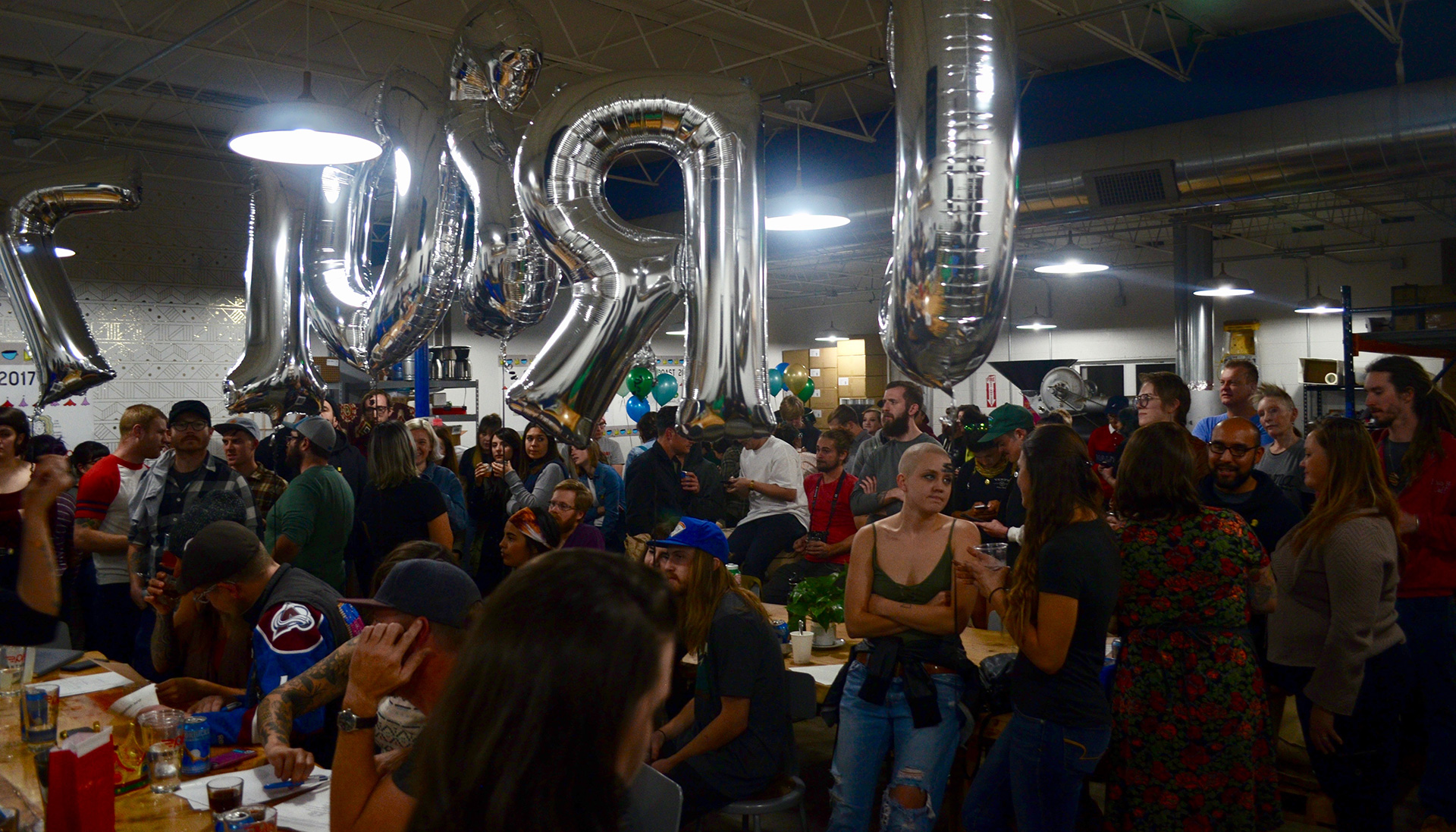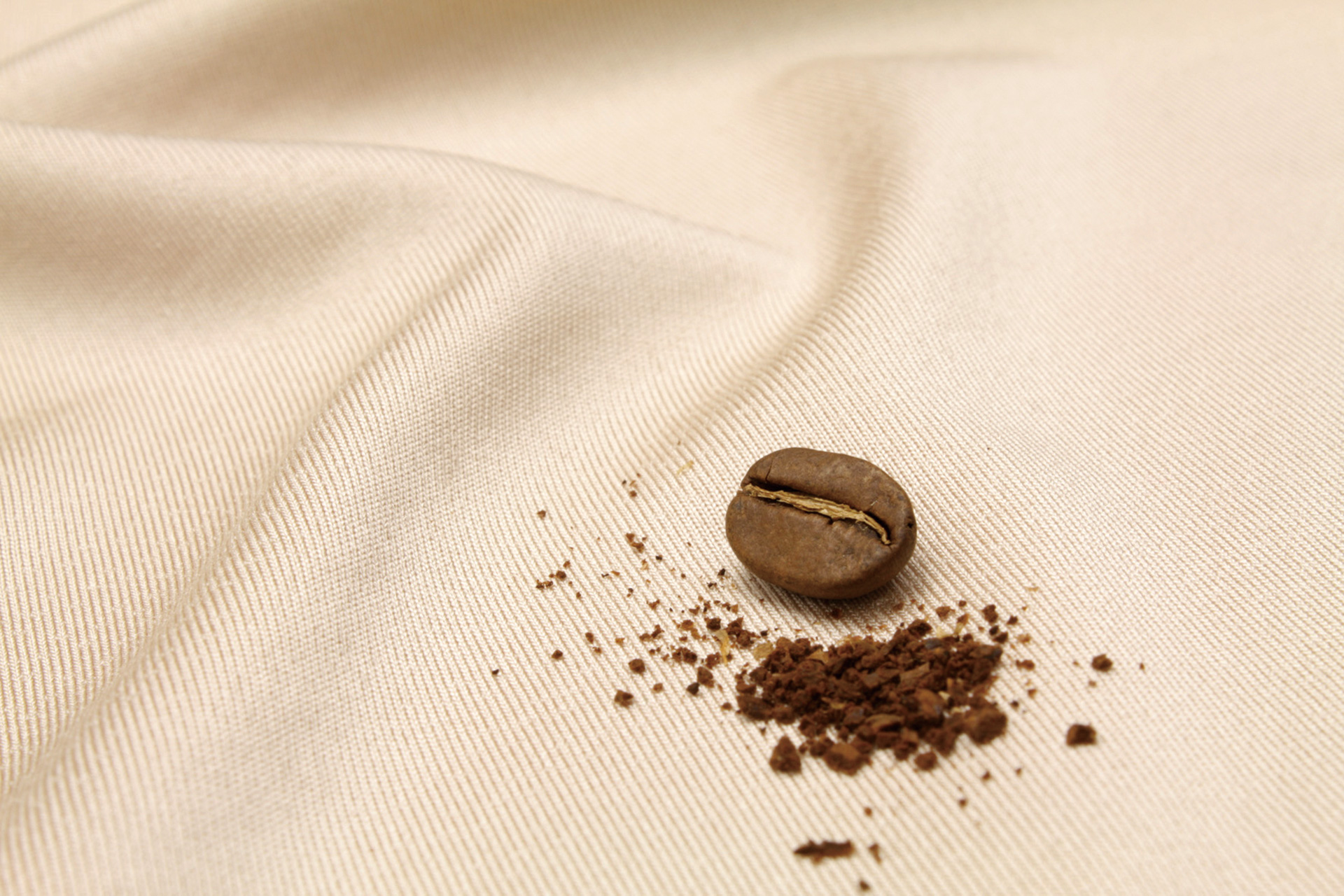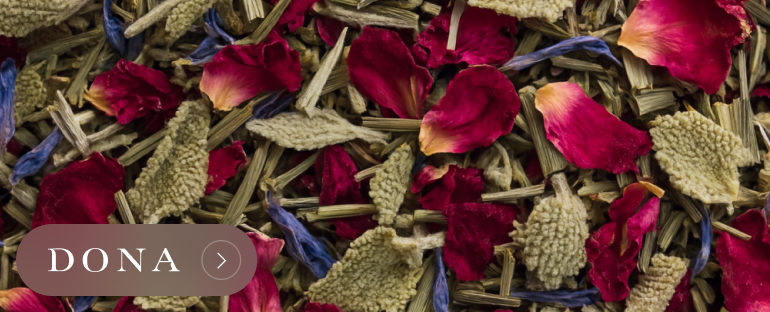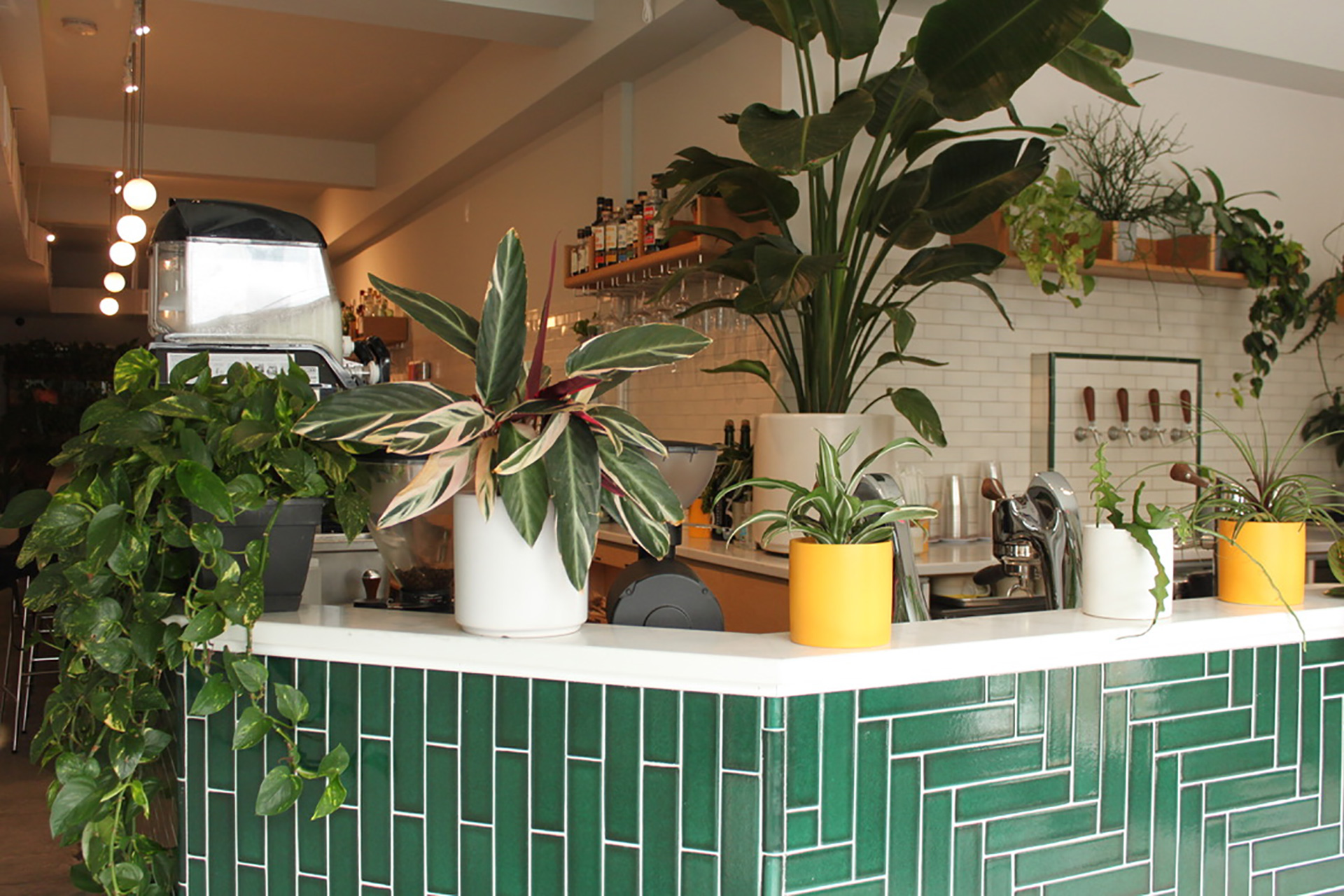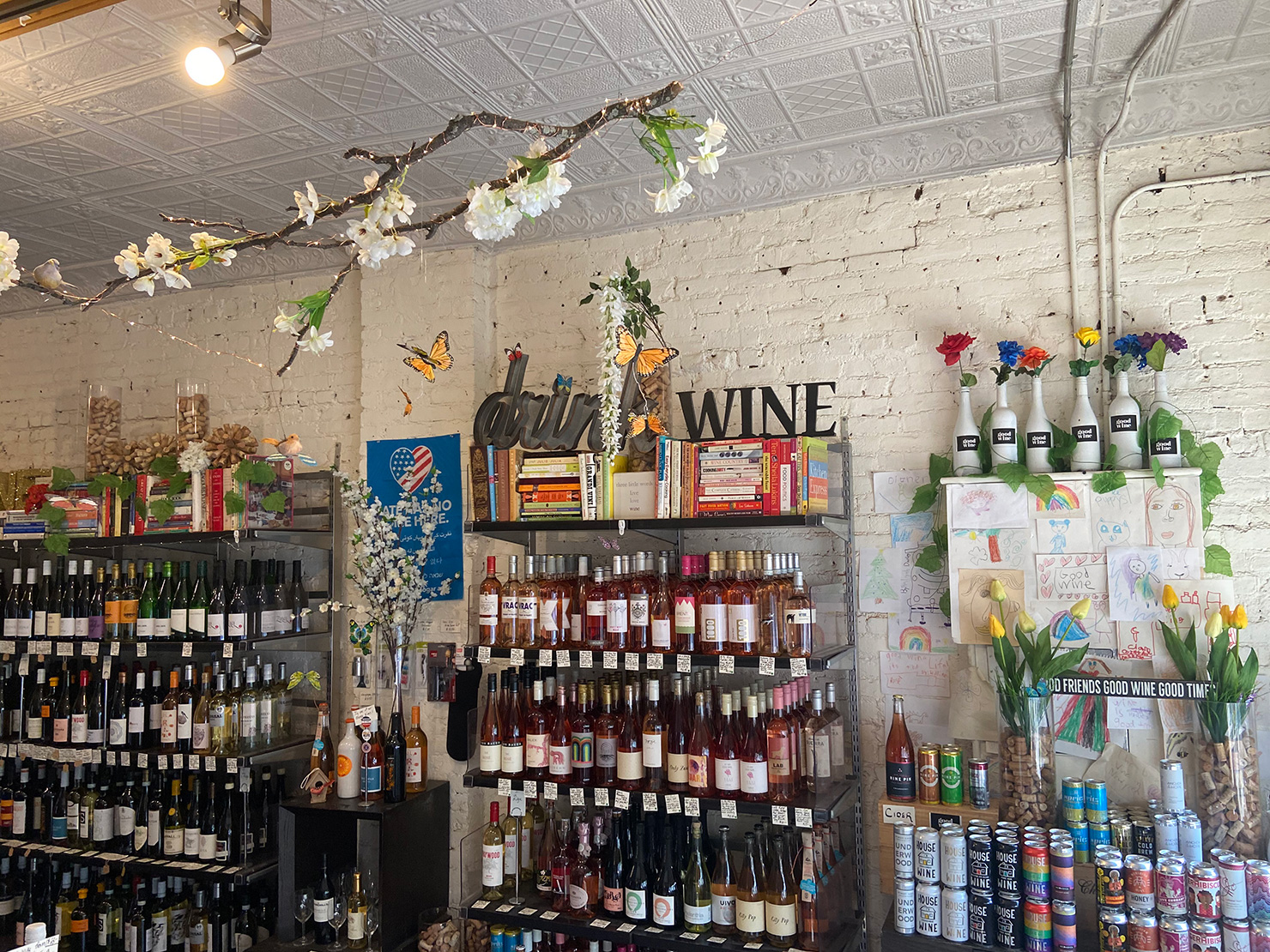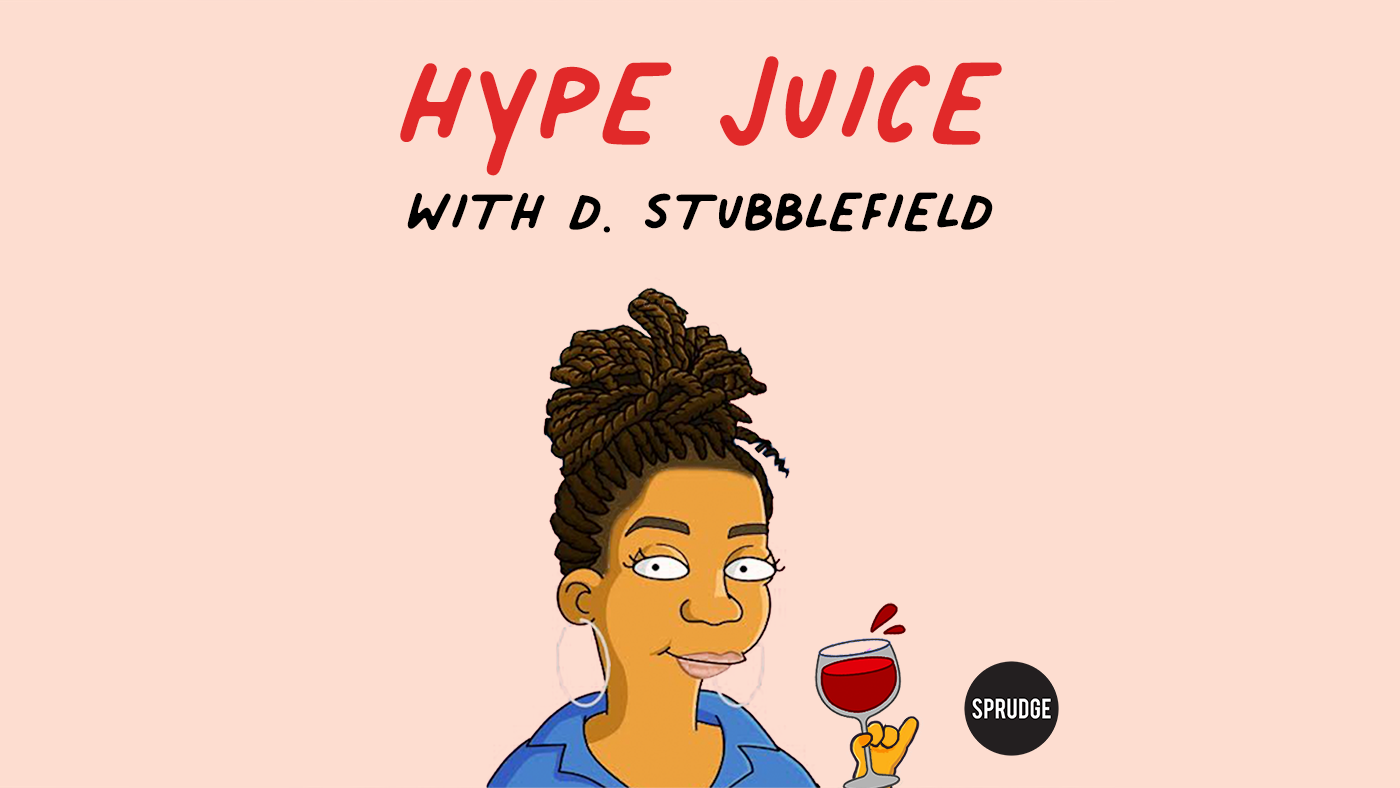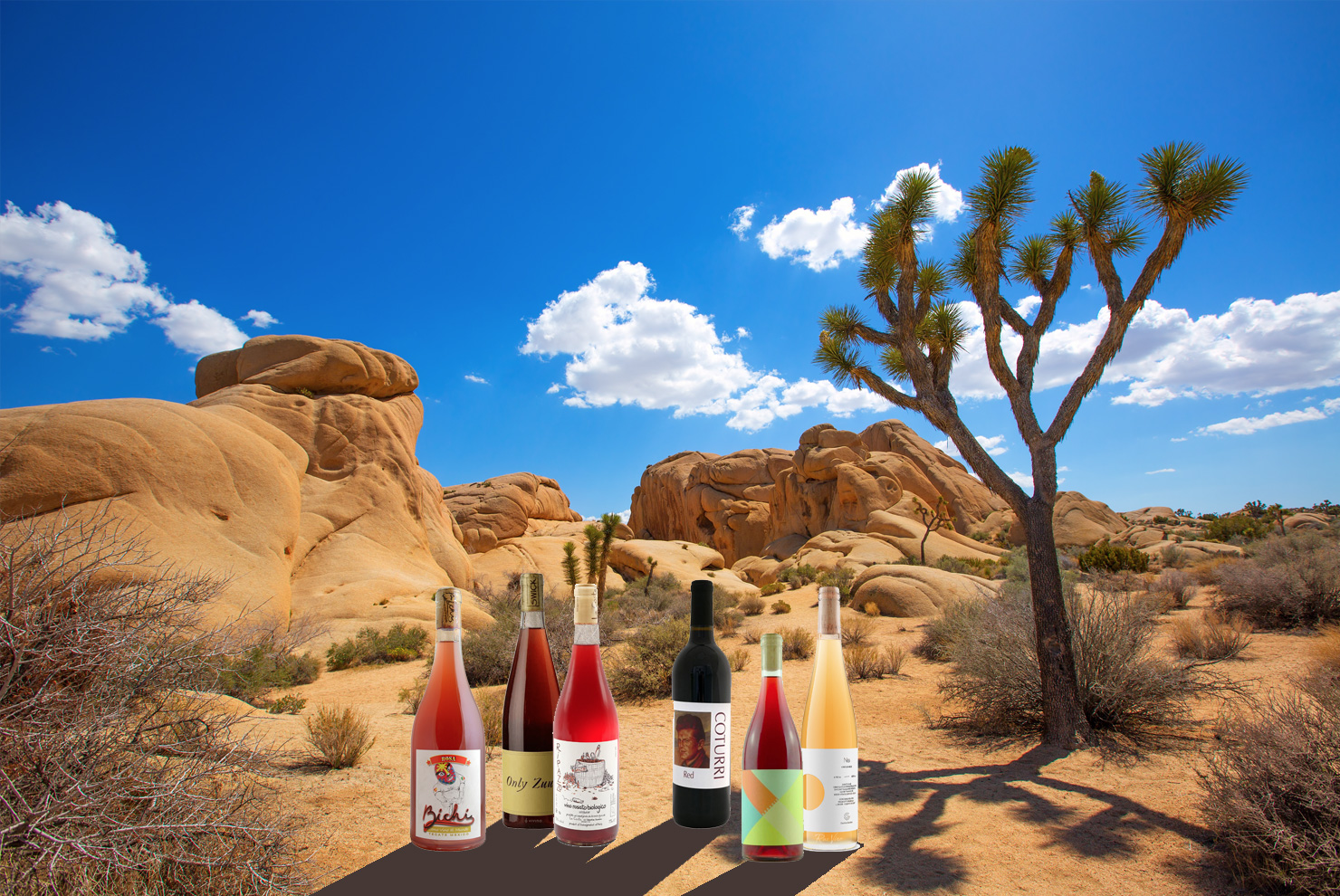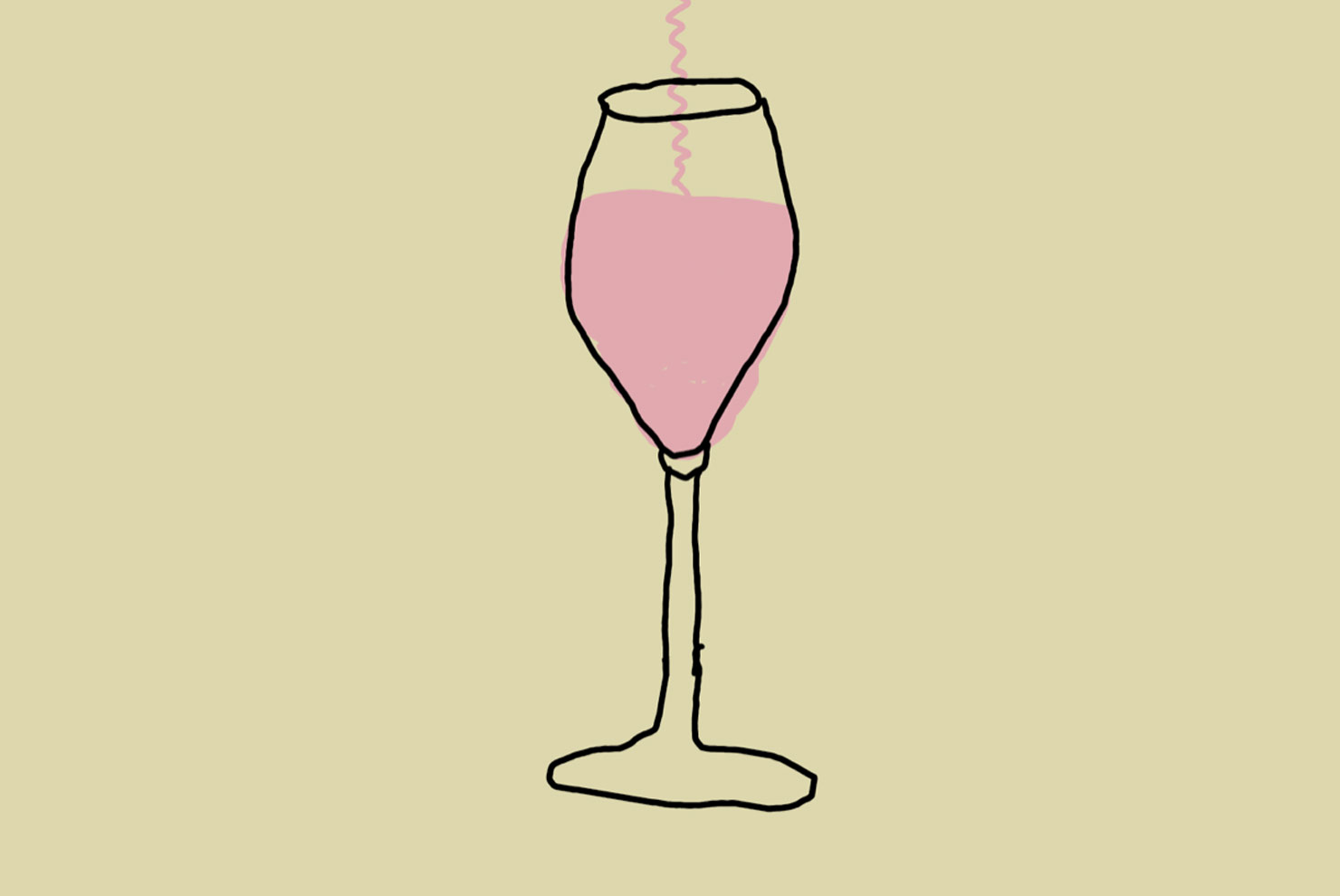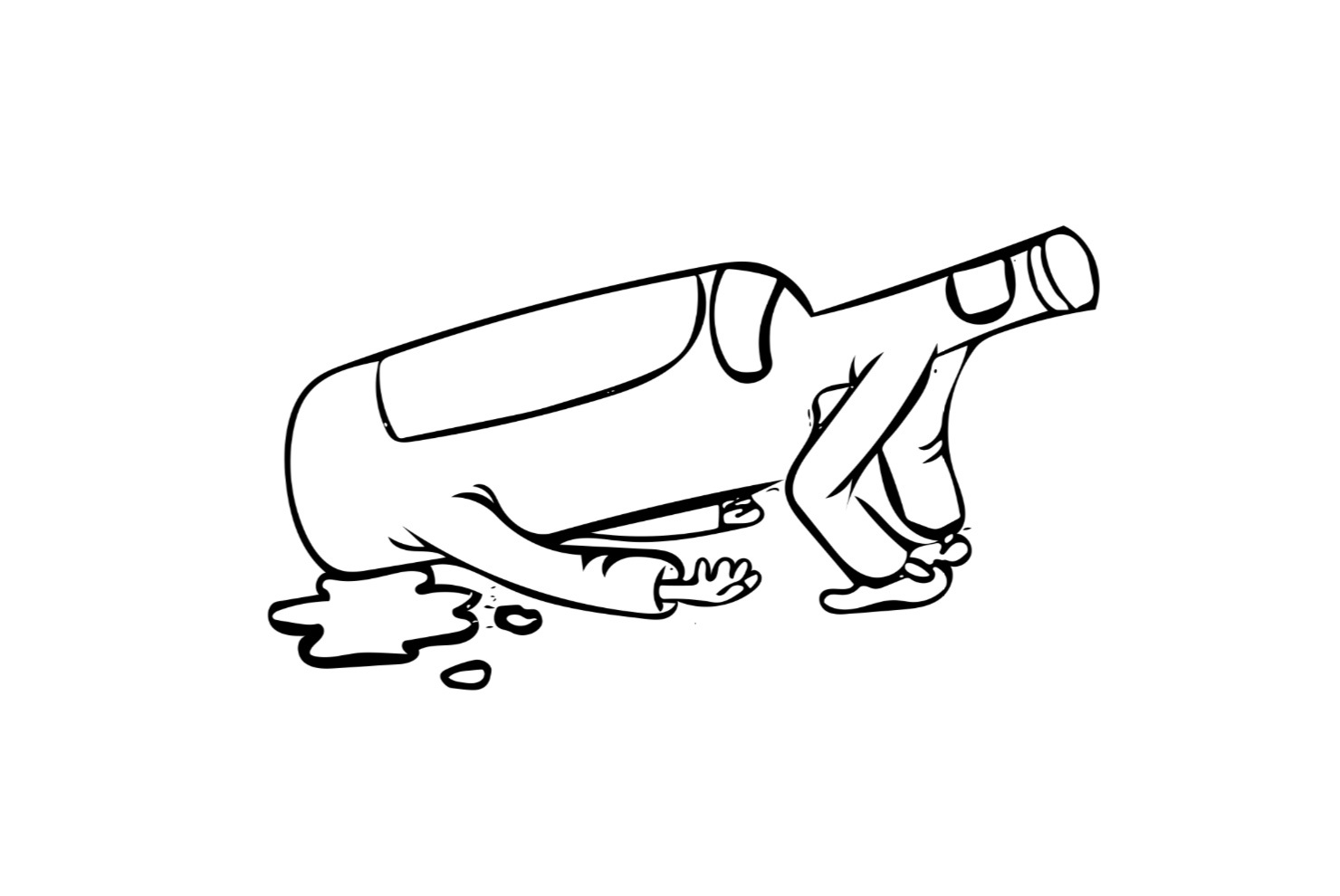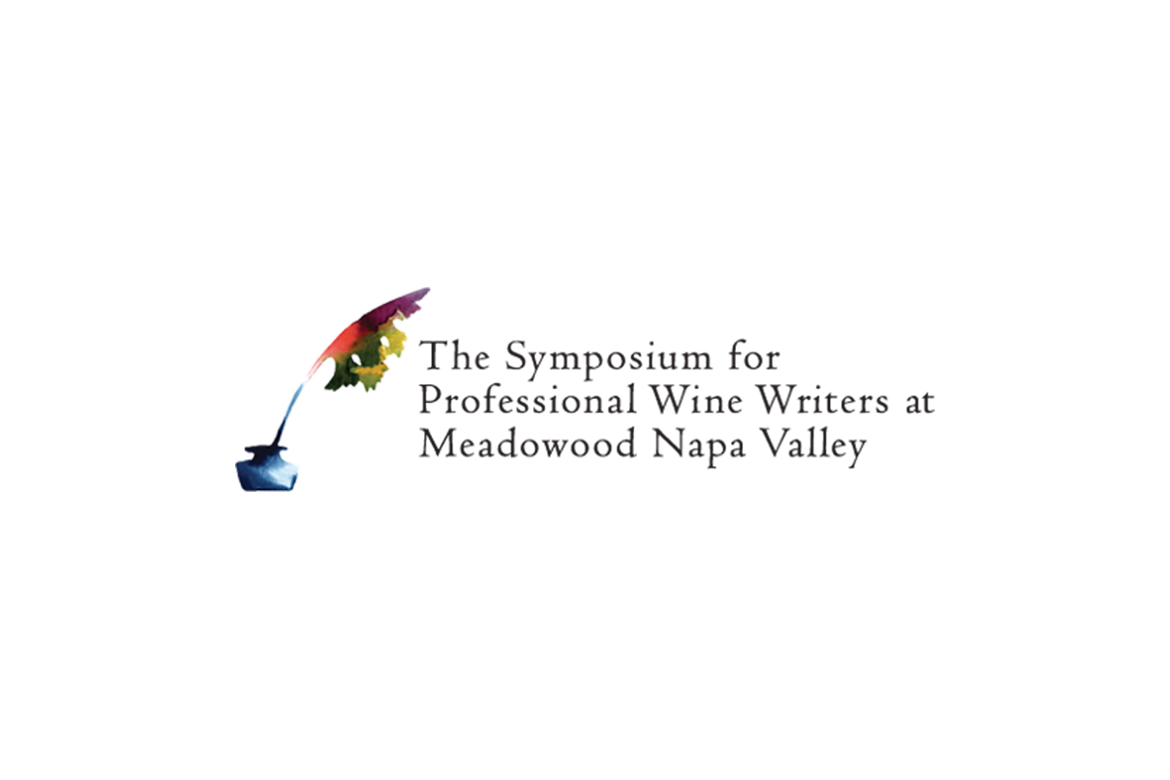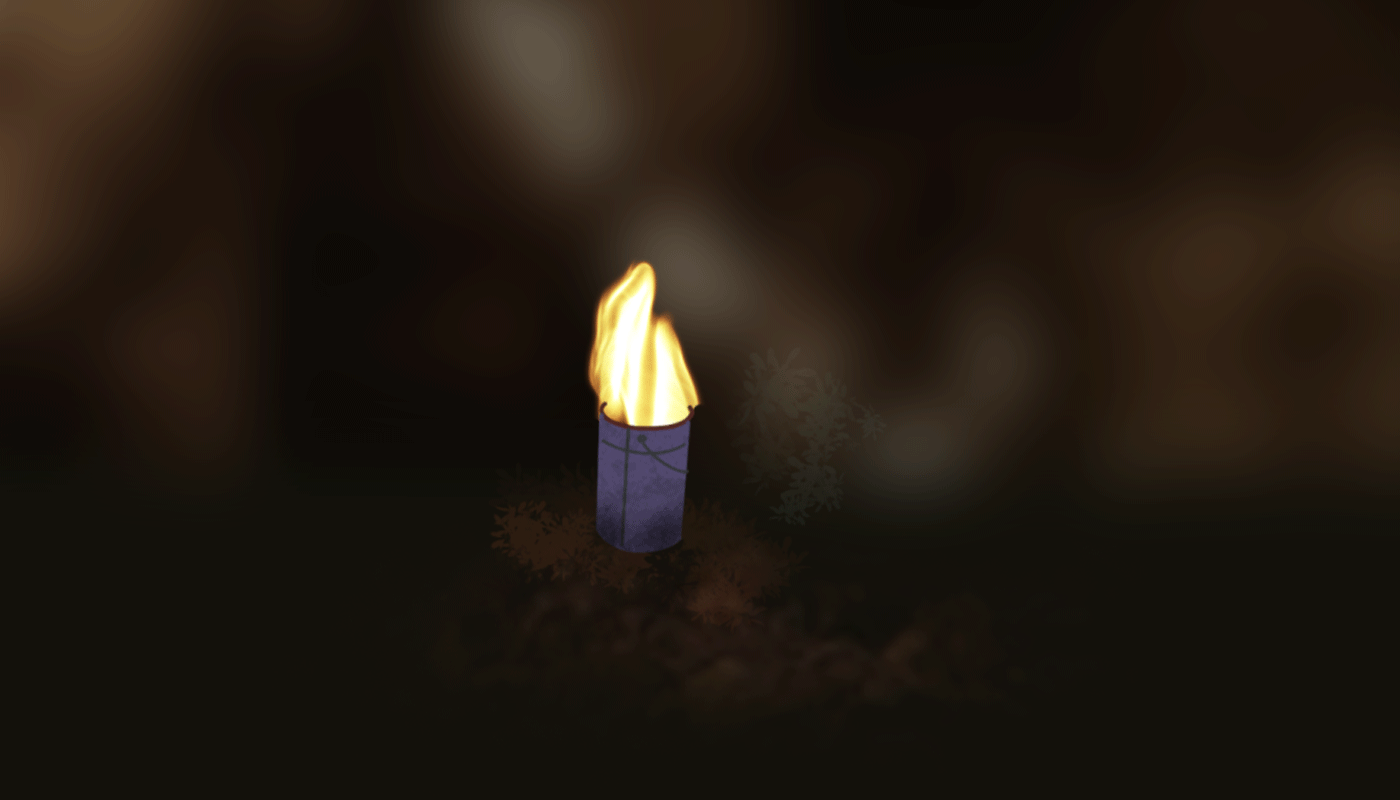And so it was that over two weekends in November 2017 that RAW WINE did invade America, bringing with it an unrivaled exhibition of artisan minimal intervention wines from around the world. Across two distinct events in New York and Los Angeles, an a national network of satellite events, RAW WINE brings together 100+ low-intervention, organic, biodynamic, and natural winemakers, linking them up with every step of the American wine trade from importers to retailers and bar owners, distributors, sommeliers, 25% general public attendees, celebrities (of both the real life and Instagram variety), and yes, even the odd journalist or two.
It was an astonishing set of tastings. Like a carnivore touching down in Buenos Aires or a vegan in southeast Portland, to be a natural wine lover at RAW WINE is to experience the feeling of coming home, of walking up to a dégustation arrayed just to your liking, full of old favorites and many more new discoveries, and to weep, as Bacchus might, in awe of all that beautiful wine. What RAW WINE founder Isabelle Legeron and her team have accomplished in just their second year here in America is remarkable. I hope its resonance is felt by American wine drinkers deeply over the next year and years to come.

My only complaint—if you can call it that—is that while RAW featured particularly strong representation from France, the United States, and Italy, along with smaller but excellent delegations from Spain, Austria, Portugal, Greece, and more, I wish we’d seen more of the New Australian winemakers represented at RAW. Distance is a tyranny and very little of the good stuff—Shobbrook, Lucy Margaux, Gentle Folk, Chevre et. al.—makes it over to America in the first place, but perhaps something like an Australian version of the National Wine Agency of Georgia could sponsor traveling winemakers next year. (More on them below.)
And if we’re talking wish-lists, there were several tables we left wishing for bottles in hand. I know full well from my conversation with Legeron that this event is, first and foremost, about connecting trade with artisan producers and establishing importing relationships for un-or-underrepresented producers, but as a person who drinks wine—my goodness, I would have bought a dozen bottles or more.

But these are minor quibbles. RAW’s status as the tip of the spear for natural wine in America has been cemented with their 2017 events, and in Los Angeles especially, where nothing quite like this has ever taken place, I left feeling a bit like I’d gone to a sort of wine Woodstock. You know, only a few thousand people were really there, but its influence and place of cultural importance could someday make it sound like it was attended by millions.
Below is a woefully incomplete and flawed recollection of our team’s favorite sips from RAW 2017 in New York and Los Angeles. It is limited by palate and human fallibility and time and space, demarcated only by the wines that gave us the most emotional response, the bottles we simply had to photograph or jot down for future reference. This could easily be a recitation 50+ producers; we’ve tried instead to keep the number closer to ten, after much whittling, so as not to fatigue the palate. What a wonderful problem to have.
Coturri Winery
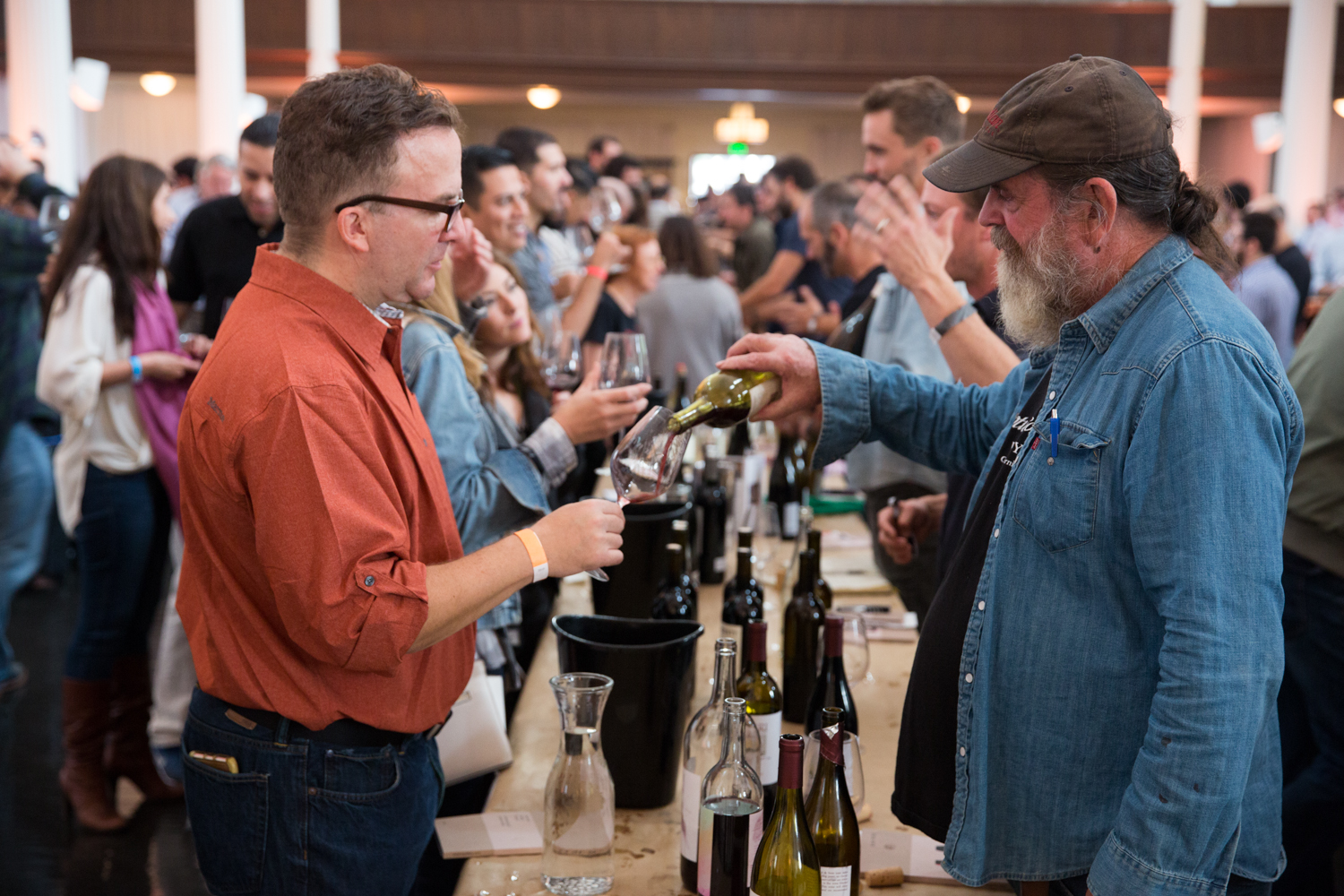
A paterfamilias of sorts for natural wine in California, Tony Coturri has been making wine up on Sonoma Mountain since the late 1970s, and working without additions, manipulations, or pesticides. These wines are capable of drawing new converts and blowing minds even in a crowded room like RAW. A colleague of mine at the tasting espoused an “emotional reaction” to Coturri’s “Albarello” bottling, while I’d like to tuck away a bottle of his 2016 Estate Zinfandel for, oh, another decade or so, then bring it to House of Prime Rib. (Let’s make the reservation now.) Bonus points to Mr. Coturri for pouring us an unlabeled multi-vintage, multi-grape jug wine, a nod perhaps to California’s winemaking roots.
1701 Franciacorta
In an event full of pleasant surprises, this was one of my real favorites. 1701 make Biodynamic Franciacorta, growing Chardonnay and Pinot Noir certified by Demeter and CCBP. Close your eyes and this could be grower Champagne, particularly 1701’s excellent 2011 “Dosagio Zero” DOCG as well as “Sullerba”, a semi-sparkling Chardonnay “sur-lie” that’s like a pet-nat you could take to the opera.
1701 are members of the organization Renaissance des Appellations. This pioneering group, founded by natural wine revival forebear Nicolas Joly in 2001, featured several members pouring at RAW.
Domaine Vionnet
You know that feeling when a recommendation pans out? Domaine Vionnet, with its tiny five-hectare estate in Villié-Morgon, is the stuff of staff picks, a real wine pro’s wine, and I’ve taken this particular hint in the past at shops like Chambers Street Wines in New York and Laughing Heart Cave in London. At RAW, Vionnet wines were on display via Nomadic Distribution, pouring three different bottlings, including the almost-too-much-fun Chiroubles “Vin de KaV,” pulling that neat Beaujolais trick of refined raw expression.
Bichi Wines

Bichi Wines of Baja California continue their strong string of showings on the American natural fest circuit, following a well-received table at Brumaire. They poured no fewer than five distinct wines at RAW NYC, including a must-try “Pet Mex” currently on chic wine bar lists from Brooklyn to CDMX.
Weinbau Michael Wenzel
It’s no surprise that RAW would have a star from Burgenland. Hailing from the shores of Lake Neusiedl, this 12th generation winemaker showed up to LA with a couple of really striking wines, including a wonderful “AUS DEM KALK” Blaufränkich and an orangey, off-dry Gelber Muskateller dubbed “WILD + FREE” that was among our favorite skin contact wines at the show.
Bodegas El Viejo Almacén de Sauzal
Wow. Handmade, small production, zero sulfite Chilean wines from unirrigated vines in Valle del Maule. Sauzal’s Garnacha is a revelation: a box of baking spice, dried fruit, complex and long but never fake. Actual soft sweetness, not artificial vanilla drops. Deep. A stunner that leapt off the table at RAW. I can still taste it now, writing this.
Clot de l’Origine
I recognized Marc Barriot immediately walking down his row at RAW—he’s the bald chap who graces the bottle of “Original”, the stunning Roussillon Macabeu that’s a favorite at Lou Wine in Los Feliz. Marc Barriot the person (as opposed to the bottle model) is similarly affable, pouring no fewer than seven unique wines at RAW, none better than the super fresh, wonderfully expressive “Le Petit Barriot” young Syrah, a wine that captures the energy and possibility of Roussillon.
Domaine des Côtes de la Molière
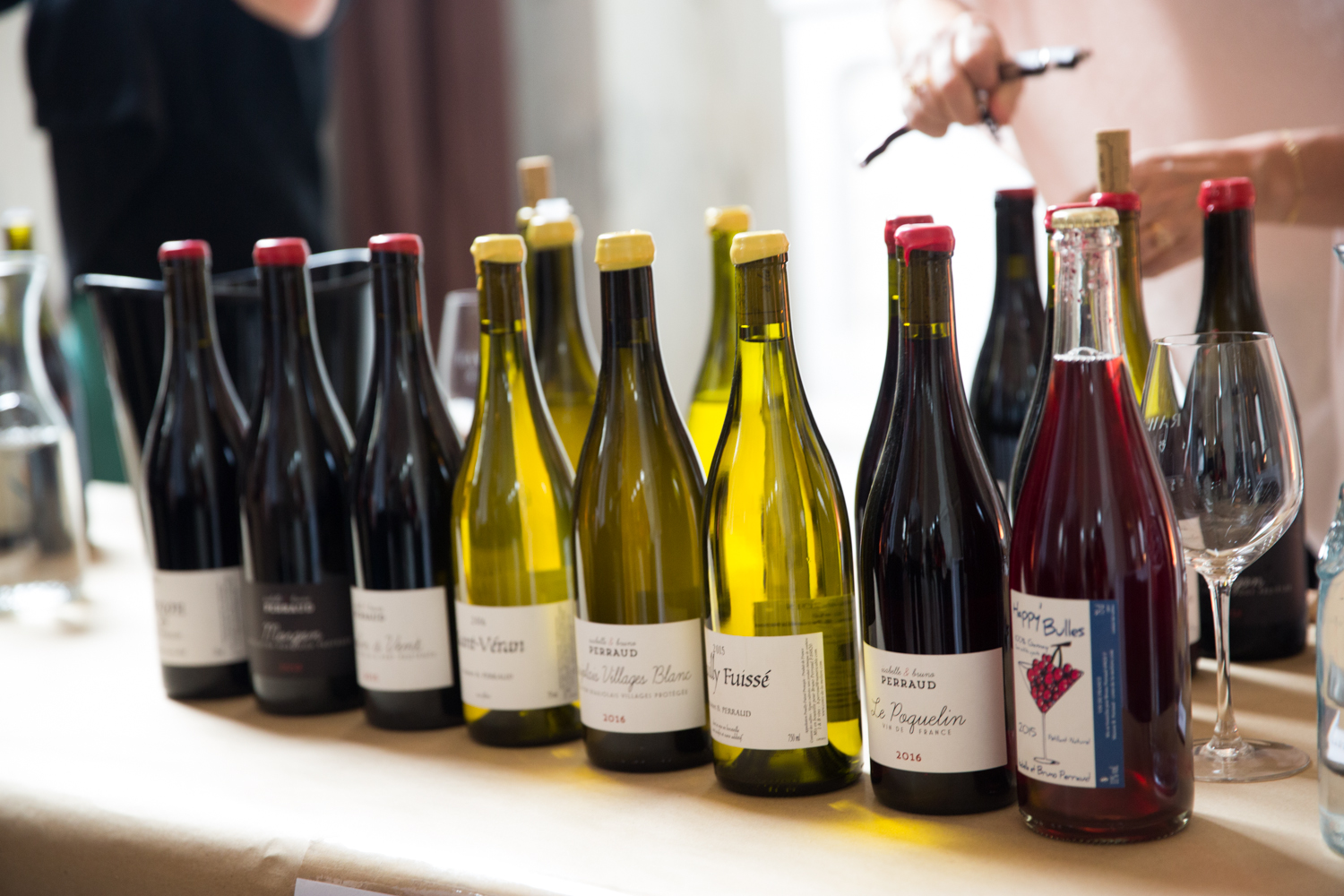
My single favorite table at RAW LA belonged to Isabelle and Bruno Perraud, who as Côtes de la Molière make wonderful unadorned wines in Beaujolais and Maconnais. Across six distinct bottlings the Perrauds showed me, in quick succession, a captivating and perfumed Moulin à Vent; some of the best Beaujolais Villages Blanc I’ve ever had (not that there’s a lot, but still); and a craveable, quaffable sparkling Gamay “Happy Bulles,” bottled at just 5% ABV and gloriously off-dry—just the trick after a long day of tasting. Drink these wines.
Swick Wines
Living in Portland means I’m lucky to have regular access to Joe Swick’s wines, which I consider to be some of the best made in Oregon. Happily they stood up well to a fierce room of competition at RAW, as did fellow Oregonian Kelley Fox Wines, pouring one table over. Swick’s wines are alive—they morph and taste a little different every time you try them—but his “Sec Sièmèfe” Touriga Nacional showed especially well at the festival. This is perhaps my favorite American wine made with Portuguese grapes, rivaled only by the work done by Matthew Rorick of Forlorn Hope.
Donkey & Goat
Berkeley winemakers Tracey and Jared Brandt of Donkey & Goat occupy a special spot on the American wine venn diagram: urban wine that is also “natural wine.” Each label has an ingredients list, and each wine is an expression of place—at RAW they poured from six distinct bottlings sourced from across the Anderson Valley, Napa Valley, and El Dorado AVAs. It’s hard to pick favorites from this table but I’ll try: D&G’s “Linda Vista Chardonnay” is contemplative and expressive; their “Pet Nat Clairette” is an exemplary California bottle sparkler, showing the winery’s deft hand with bubbles (see also their “Lily’s Cuvee” pet nat); and the duo’s GIGI Syrah sans soufre brings then party, then sticks around for a conversation in the kitchen.
The Wines of Georgia
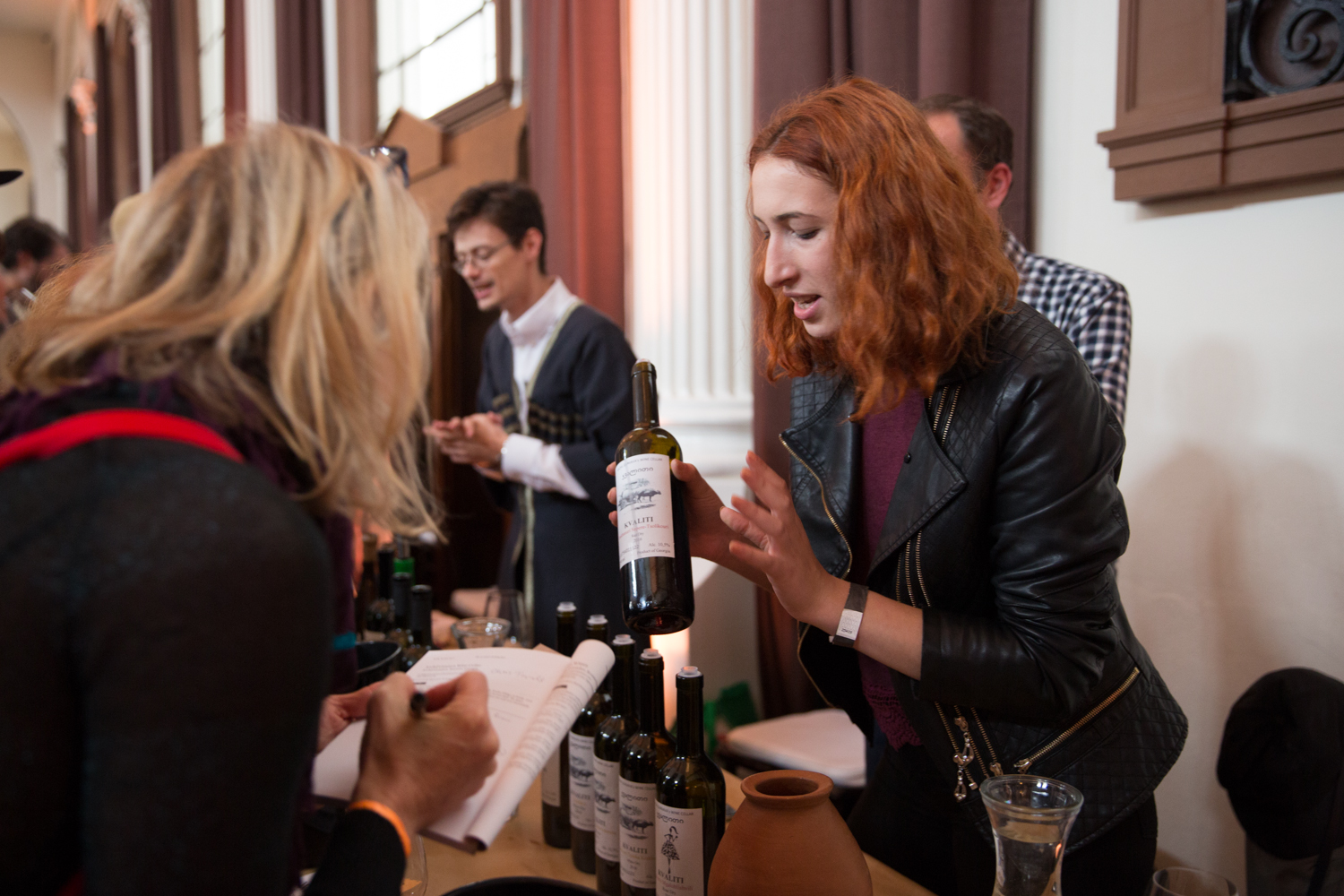
Thanks to the kind sponsorship of the National Wine Agency of Georgia, an exhibition of delicious Georgian wines were on display at RAW, featuring a half-dozen winemakers from Kakheti, Imereti, Samtskhe-Javakheti, and Kvemo Kartli. Picking a favorite feels impossible, but highlights included the range of ancient Meskhetian vine varieties seeing wide release for the first time from Giorgi Natenadze—truly wild wines—as well as the work being done by Archil Guniava Wine Celler of Imereti. Guniava’s 2016 Qvevri Tsitska disappears from the glass the moment poured, but it’s the younger Guniava—Archil’s daughter, Nino Guniava (pictured above)—whose Mgaloblishvili shone brightest in the highly competitive Georgian section. Nino Guniava represents a new vanguard of young women winemakers in Georgia, and the drinking public should very much look forward to her wines for many years to come.
Jordan Michelman is a co-founder and editor at Sprudge Media Network. Read more Jordan Michelman on Sprudge Wine.
Top photo by Lanny Huang for Sprudge Media Network. All other photos (unless otherwise noted) by Hatnim Lee for RAW WINE, used with permission.



